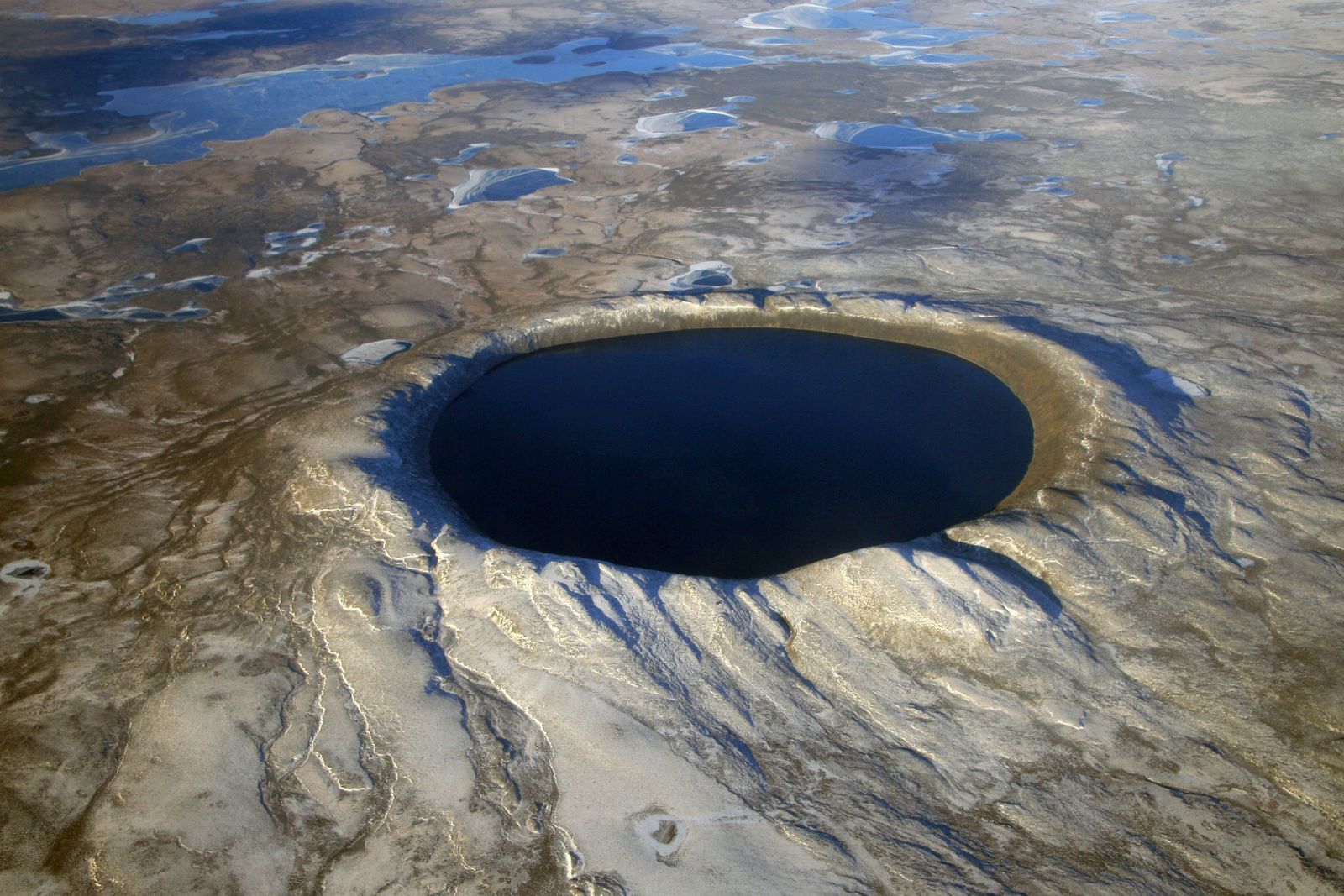Unit 9 Space + Art
I learned how nanotechnology relates to space during lecture 1 at 3:30. After Dr. Poreda studied a huge crater, which he found buckyballs inside of. These balls were “born in space [and] survived meteor impact” (Vesna). Through studying the micro origins of the buckyballs, Dr. Poreda stated that his “results show[ed] clearly that [the] helium and, and these buckyballs, are of extraterrestrial origin” due to the fact that the carbon molecules arrived to the earth’s surface still intact. He stated that if the carbon was still intact upon arrival then it is “likely that other organic compounds can also survive an impact” (Dr. Poreda). This is very interesting to me because it ties together how studying nanotechnology can give you answers to questions in regards to space. There would really be no other way to answer certain questions in regards to space without studying the nano materials of certain substances, like craters.
A really cool and fun interactive part of the readings and websites that helped me grasp a deeper understanding of space was The Mars Patent. The website compared Earth to Mars and even gave the geologic and meteorologic of the planet. The website detailed Mar’s environment as “dry, cold, and poisonous” especially in comparison to Earth. Lastly, the video that really put this week’s lesson in perspective was Pale Blue Dot by Carl Sagan. Specifically when Sagan spoke about the “thousands of confident religions, ideologies, economic doctrines” on the Pale Blue Dot, which was Earth (Sagan). It showed me that we live life on Earth so confidently and come up with answers, but we are just one little spot in the universe. There is probably a plethora of information we have no clue even exists, and we could be wrong about everything we think is definitive. It is just interesting and extremely humbling to see the Earth as just a pale blue dot. It also shows me that on some maps or to people from far away that nanotechnology would be required to scale our earth, even though it is huge to us.
I really enjoyed the multifaceted project which was The Makrolab Project by Marko Peljhan. He constructed a living laboratory that includes all the features of an apartment or home. According to the article, one thing that stands out about the Makrolab is the “object’s [glistening] technical aspect” and has a very “futuristic design”, the article also detailed the connection between the “life experience and the operational mode of a project like Makrolab” (Brian Holmes).
Works Cited
Holmes, Brian. “Coded Utopia.” Continental Drift, 18 May 2009, brianholmes.wordpress.com/2007/03/27/coded-utopia/.
“The Mars Exhibition Site (MES).” Mars Patent: Live Report, www.mars-patent.org/report/report.htm. Accessed 1 June 2023.
Poreda, Dr. Robert. 8 Space Pt1 1280x720, 29 July 2013, www.youtube.com/watch?v=6ZIqTR332l8&t=239s.
Sagan, Carl. Carl Sagan - Pale Blue Dot, 24 Mar. 2009, www.youtube.com/watch?v=wupToqz1e2g.
Vesna, Victoria. 8 Space Pt1 1280x720, 29 July 2013, www.youtube.com/watch?time_continue=239&v=6ZIqTR332l8&embeds_referring_euri=https%3A%2F%2Fbruinlearn.ucla.edu%2Fcourses%2F160989%2Fpages%2Funit-9-view%3Fmodule_item_id%3D5946351&source_ve_path=Mjg2NjMsMTI3Mjk5LDIzODUx&feature=emb_title.



Really enjoyed reading your blog. I also found the Makrolab to be fascinating, especially with its unique and futuristic design. Great to also learn more about how similar Earth and Mars are. Love how you said "we are just one little spot in the universe".
ReplyDelete